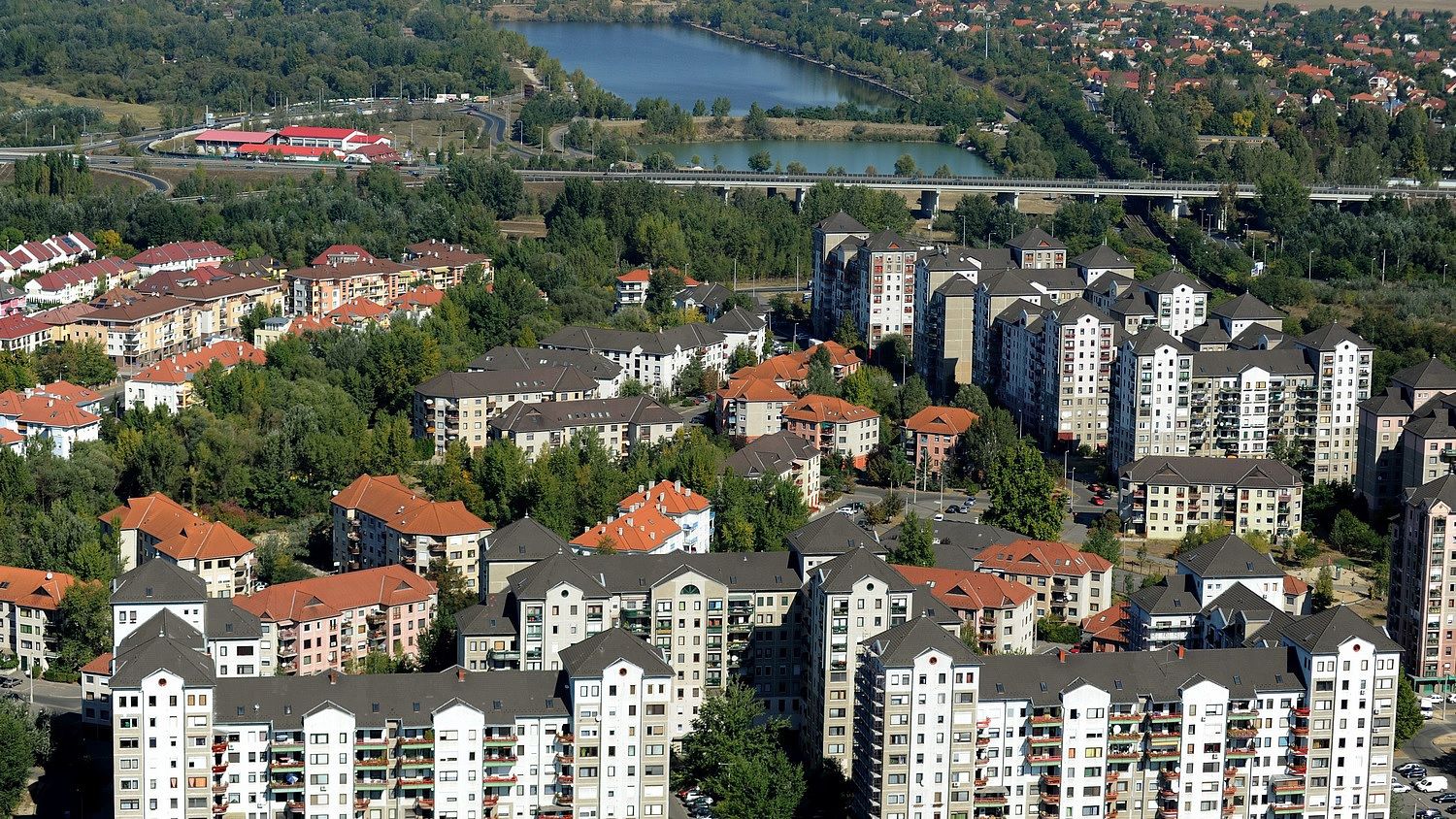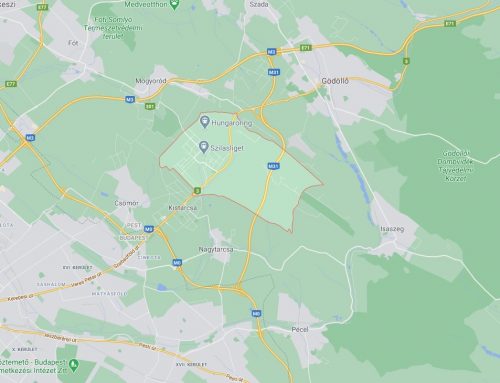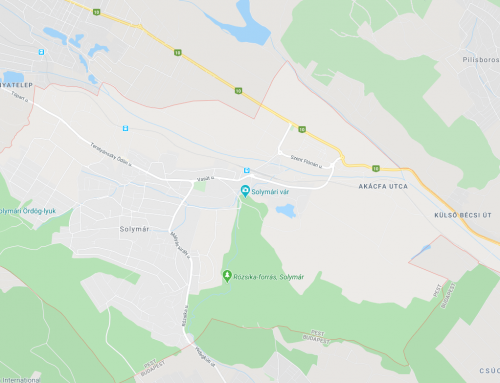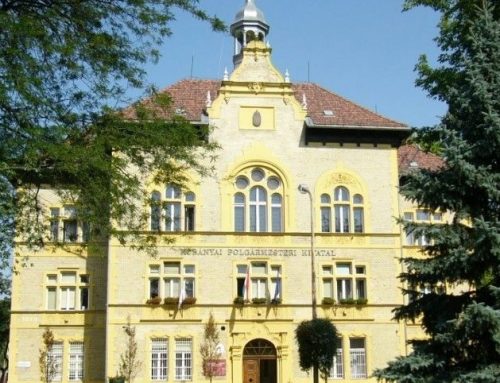The 4th district of the capital is located on the right bank of the Danube, consisting of the Újpest and Káposztásmegyer districts. It is a relatively young district, which is not only home to tens of thousands of people, but also a defining area of the northern part of the capital with a significant industrial quarter. Its diverse homes pose diverse challenges for those who live in the Újpest-Káposztásmegyer area. blockage are being eliminated.

At the northern gate of Pest
Although the history of the settlement located on the site of today's Újpest district only began in the 19th century, historians believe that people lived here two millennia ago. It is true that no settlement as large as Aquincum on the neighboring coast developed here during the Roman period. However, the route of today's Váci Road was an important trade route, as the inhabitants of the vast Roman Empire were able to maintain contact with barbarian and nomadic peoples through it.
Of course, the aforementioned ethnic groups were not only peaceful, so from the 1st-2nd century onwards they often tried to invade the territory of Pannonia. In order to avoid unwanted visitors, the Romans built a fortified border line (limes) consisting of huge walls along the Danube, which was also fortified with a separate watchtower in the area of today's Megyeri Csárda. Although the limes stood firm against nomadic attacks for centuries, in the middle of the 6th century the Avars finally occupied a significant part of the Carpathian Basin, including this area. Later, our conquering ancestors established a unified settlement here, and the inhabitants of the future Újpest were engaged in animal husbandry and agriculture.
However, centuries had to pass before the unified district could be formed. Unfortunately, like most of Hungary, in the middle of the Middle Ages, this area did not escape the Tatar invasion, and the settlements built in the Árpád era were destroyed as a result of the Mongol invasion. Although Béla IV rebuilt it, the division of the country into three parts centuries later did not benefit this settlement either. Since the border was drawn nearby, the area was subject to constant warfare. As a result, it was almost completely depopulated by the second half of the 17th century.
However, its geographical features and favorable location justified the creation of a new settlement. Újpest, as it is known today, was established in 1830 and began to develop rapidly in the last decades of the 19th century. By the turn of the century, it could have become a significant industrial settlement on a national level. Although the two world wars naturally set back the development of the district, new industrial companies arrived in the area after 1950. In the spirit of the district's expansion, the Káposztásmegyer housing estate, home to forty thousand residents, was built in the 1980s. Today, Újpest-Káposztásmegyer is a dynamically developing region that plays a decisive role in the life of the capital and the agglomeration.
Professional blockage removal in the 4th district of the capital!
Since there are many building types in the 4th district of the capital, the blockage Our experts who carry out the elimination face a variety of challenges. In the southern part of the district, we can find a greater proportion of six- and ten-story residential properties. Here we can encounter problems common to panel houses: unblocking clogged drains and toilets. However, as we approach the city limits, the panel houses are replaced by single-story garden houses and smaller apartment buildings suitable for a maximum of 4-5 families. Where, for example, our experts are faced with the filling of the septic tank and the blockage of the gutter. Our colleagues who carry out the elimination of the blockage always act efficiently and correctly: they offer a long-term solution to a given problem, not a one-time one. If you have a problem with your toilet or drain, we are waiting for your call on our 06/20-318-1614 telephone number, which is always available - even at night and on holidays!













